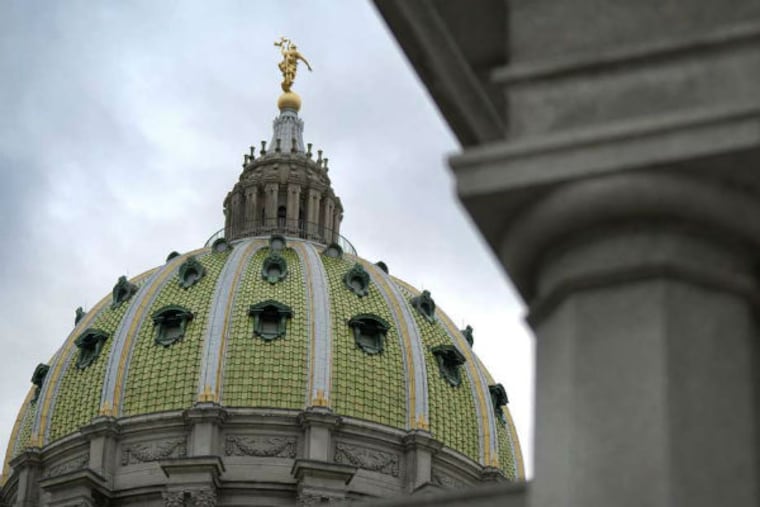Report: Pa. gets a 'D' for school funding distribution
The national report card says Pennsylvania does a poor job equitably distributing funding based on need.

PENNSYLVANIA received a "D" for the way it distributes K-12 education funding to school districts on a new report card from an education advocacy group.
Titled "Is School Funding Fair? A National Report Card," the evaluation from Newark, N.J., -based Education Law Center says Pennsylvania is one of 14 states in the U.S. with a "regressive" school funding system which allocates less funding to districts with high levels of poverty.
According to the organization's fourth report card, based on 2012 data, high-poverty districts in Pennsylvania received about 9 percent less per-pupil than wealthier districts.
"It's a deeply regressive funding system," David Sciarra, ELC's executive director, said on a conference call with reporters. "Pennsylvania's economy has been improving, so we would expect their ability to do better is there."
Overall, the commonwealth was ranked eighth-highest in the nation with per-pupil funding, of $13,700. New York ranked first, with per-pupil spending of $18,507, while Idaho ranked dead last. It spends $6,369 per pupil.
Pennsylvania received an "A" in the "effort" category - for spending 3.9 percent of its total revenue on education. Only six states allocated a higher percentage for education.
Nationally, the study concluded the majority of states have "flat" or "regressive" funding patterns. The 15 "progressive" funding states were up from 13 in 2011, but down from 20 in 2008.
The ELC report card was released in conjunction with a report from the Leadership Conference Education Fund, which examines how a lack of resources creates vastly unequal education opportunities for students.
The LCEF report profiles schools in four states, including Pennsylvania, to show the disparities. In highlighting Martin Luther King High School in East Germantown, it noted that students lacked resources in special education, arts and technology compared to their peers in suburban districts.
The two reports are the latest in a series of national studies to underscore Pennsylvania's school-funding dilemma.
A group of state lawmakers is working to craft a fair funding formula for Pennsylvania that would allocate a higher percentage of state aid to districts with higher levels of poverty, English-language learners and special-education students.
Democratic Gov. Wolf has also pledged to increase school funding by $2 billion over the next four years.